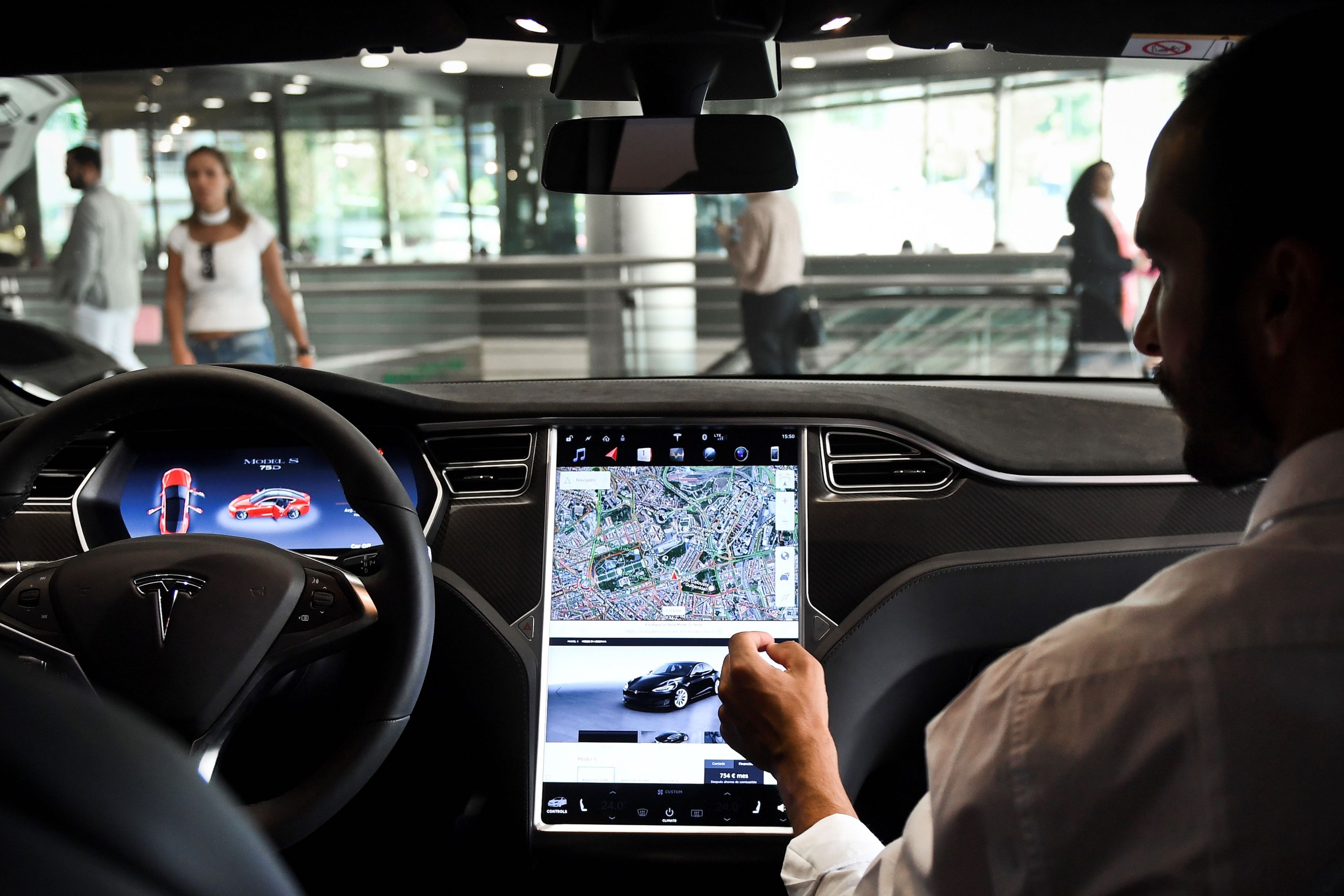It's more fun to make fun of an app I have no use for myself. I could drive all the way around the island on one charge if there were a coastal road all the way around. And still, if running consumption requires a re-route, I'd say you cut it way too fine in your original route plan.
Some people on the mainland live in places where superchargers are far enough away that weather makes or breaks their trip. There are stretches of highway near me where if it's winter temperatures and raining, you're absolutely going to be stranded and I don't even live in a particularly large state. Hell, there are major swaths of the continental US where if you need to make a round trip drive, you can't possibly reach a supercharger because they were designed for road trips driving in a straight line through an area not for people living in that area.



